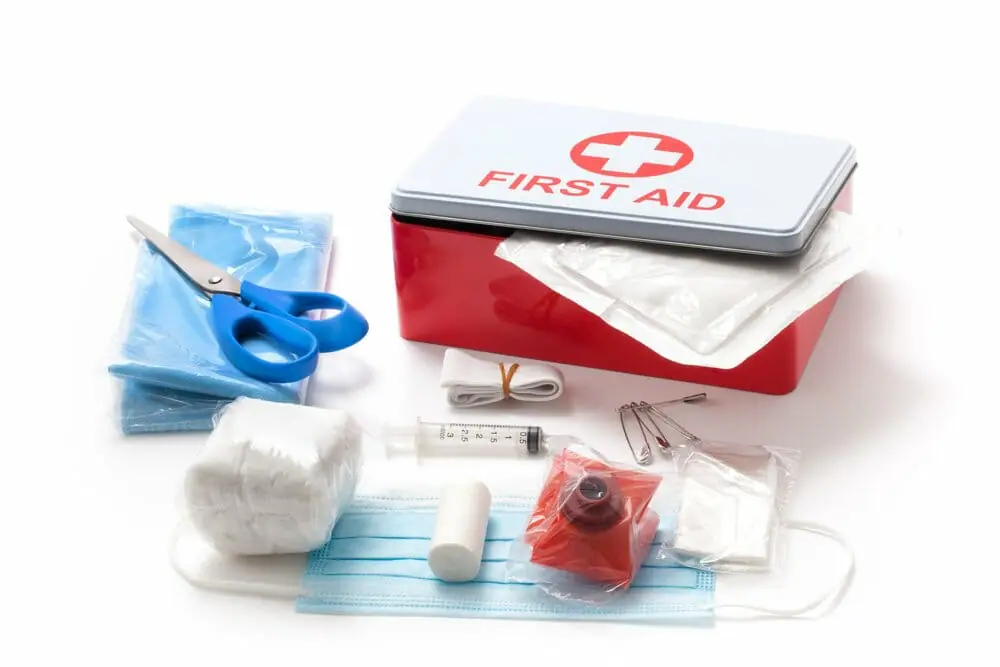Our CPR/AED courses include Adult, Child and Infant techniques. Additionally, our CPR certification course includes training on the use of an Automated External Defibrillator (AED). The CPR/AED certification is valid for 2 years.
There are basic guiding principles that need to be followed in all First Aid emergency
situations:
Consent
It is vital that you do not provide First Aid to a person that refuses to give you
permission. Follow these steps:

First Aid Kit:
Your company may have a specific First Aid Kit. It is important to know where this kit is
located. If you have your own First Aid kit – know where it is, keep it in a watertight
container, and be sure to always check that no products have expired.

